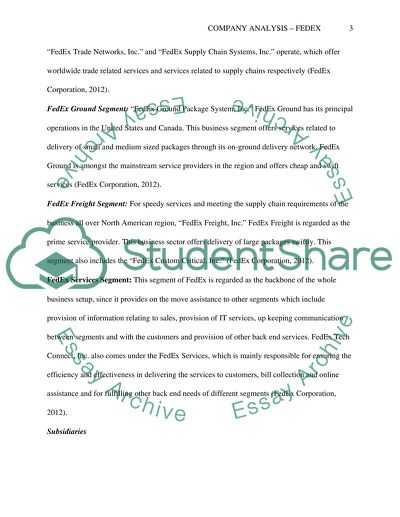Cite this document
(“Strategic and Financial Analysis: FedEx Corporation Research Paper”, n.d.)
Retrieved from https://studentshare.org/finance-accounting/1400656-corporate-research-paper
Retrieved from https://studentshare.org/finance-accounting/1400656-corporate-research-paper
(Strategic and Financial Analysis: FedEx Corporation Research Paper)
https://studentshare.org/finance-accounting/1400656-corporate-research-paper.
https://studentshare.org/finance-accounting/1400656-corporate-research-paper.
“Strategic and Financial Analysis: FedEx Corporation Research Paper”, n.d. https://studentshare.org/finance-accounting/1400656-corporate-research-paper.


